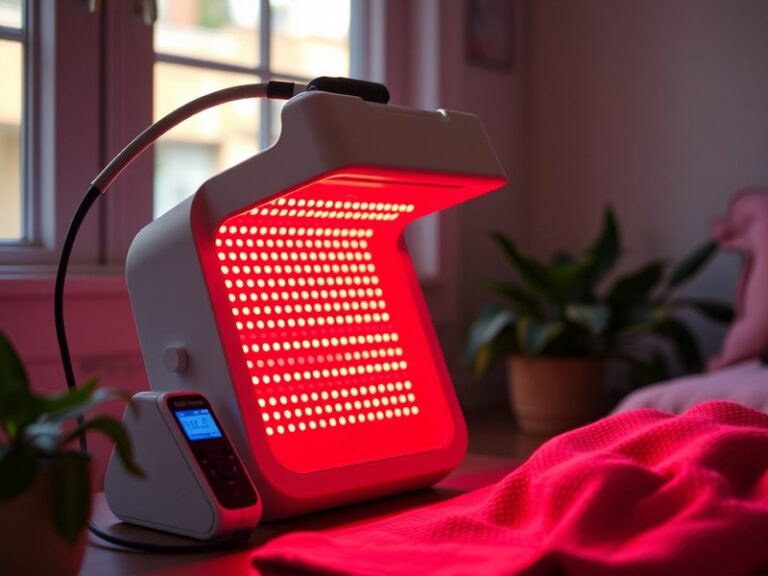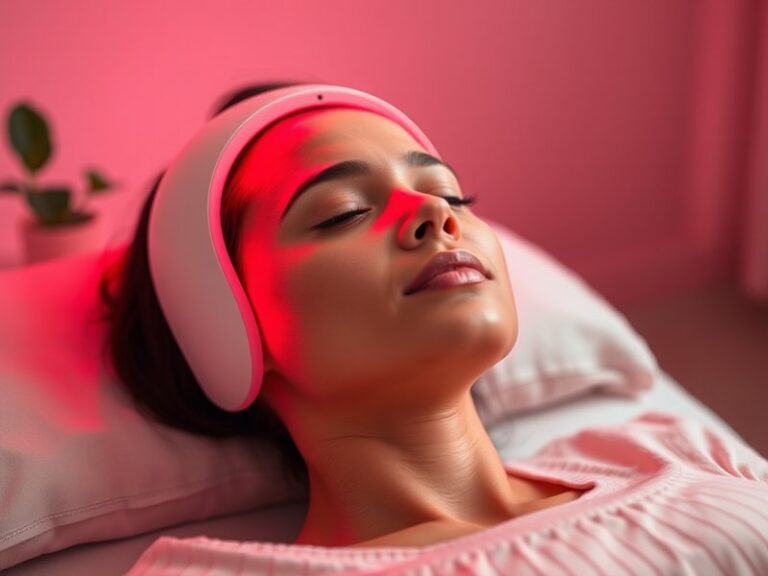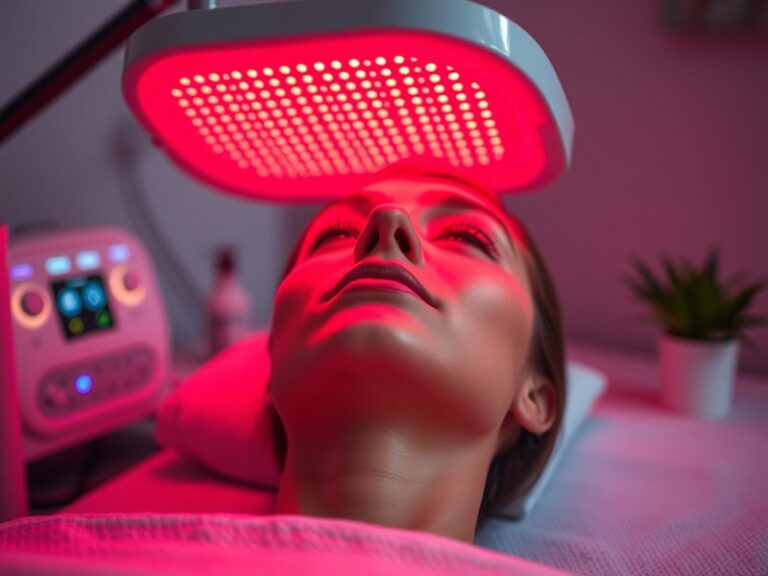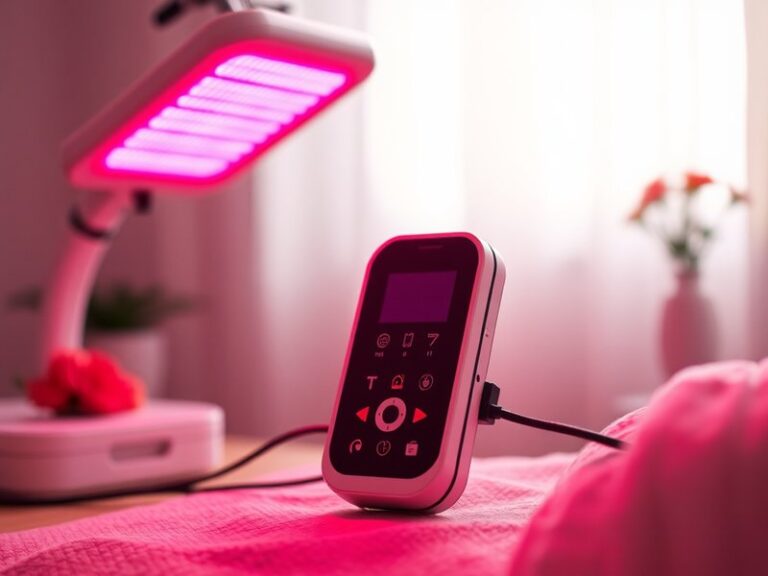Can Red Light Therapy Rebuild Cartilage?
Can Red Light Therapy Rebuild Cartilage?
Could red light therapy be the solution to cartilage regeneration?
In recent years, red light therapy has gained attention for its potential benefits in various medical applications, including the regeneration of cartilage. This article will explore the science behind red light therapy, its benefits, the feasibility of rebuilding cartilage, important considerations, alternatives, and provide answers to some frequently asked questions.
Key Takeaways
- Red light therapy may enhance cellular function and promote healing in cartilage.
- While promising, more research is needed to fully understand its efficacy in cartilage rebuilding.
- Alternatives to red light therapy exist, offering different approaches to cartilage health.
What is Red Light Therapy?
Red light therapy, also known as low-level laser therapy (LLLT) or photobiomodulation, utilizes specific wavelengths of light (typically in the red and near-infrared spectrum) to stimulate cellular processes. This non-invasive treatment aims to induce a variety of biological effects, such as increased circulation, reduced inflammation, and accelerated tissue repair.
Check our latest on Does Red Light Therapy Boost Nitric Oxide?
Learn the details in Can Red Light Therapy Cause Rash?
How It Works
The mechanism behind red light therapy involves the absorption of photons by mitochondrial cytochrome c oxidase, which enhances ATP (adenosine triphosphate) production. This increased energy availability can boost cellular function, promote healing, and potentially stimulate the regeneration of damaged tissues, including cartilage.
Applications in Medicine
Red light therapy has been studied for a range of conditions, including wound healing, inflammatory diseases, and joint pain. Researchers are particularly interested in its effects on cartilage due to the difficulties associated with cartilage repair and regeneration.
What are the Benefits of Red Light Therapy?
The following points outline the potential advantages of red light therapy in promoting cartilage health and overall recovery.
Reduced Inflammation
Red light therapy can help reduce inflammation in tissues, which is crucial for effective healing. Lower inflammation levels may create a more favorable environment for cartilage repair.
Enhanced Cellular Repair and Regeneration
By boosting ATP production, red light therapy encourages cellular healing processes, which could support the regeneration of damaged cartilage through improved cellular function.
Pain Relief
Patients undergoing red light therapy often report a reduction in pain associated with joint conditions, such as osteoarthritis. This symptom relief can contribute to improved mobility and overall quality of life.
Improved Circulation
Enhanced blood flow from red light exposure may facilitate nutrient delivery to cartilage areas, promoting better overall joint health.
Is it Possible to Rebuild Cartilage with Red Light Therapy?
While red light therapy shows promise in aiding cartilage repair, its effectiveness in completely rebuilding cartilage remains a subject of ongoing research. Scientists are still investigating the extent of its ability to stimulate chondrocyte (cartilage cell) activity and promote the synthesis of extracellular matrix components.
What are the Advantages of Rebuilding Cartilage with Red Light Therapy?
Investing in red light therapy for cartilage health comes with specific advantages:
Non-Invasive Approach
Red light therapy is a non-surgical method, offering a significantly lower risk compared to invasive procedures.
Minimal Side Effects
Most individuals tolerate red light therapy well with few, if any, side effects, making it an accessible option compared to medications or invasive treatments.
Complementary Treatment
Red light therapy can be combined with other therapies or rehabilitation exercises, potentially enhancing overall treatment outcomes.
What are the Disadvantages of Rebuilding Cartilage with Red Light Therapy?
Despite its potential, there are challenges and drawbacks associated with red light therapy for cartilage issues:
Limited Research Evidence
While initial studies are promising, more rigorous clinical trials are required to conclusively demonstrate red light therapy’s effectiveness in cartilage rebuilding.
Variability in Results
Outcomes can vary significantly among individuals, depending on factors like the severity of cartilage damage and treatment protocol.
Access to Treatment
Not all clinics offer red light therapy, which may limit accessibility for some patients seeking this kind of treatment.
What are the Things to Consider Before Using Red Light Therapy for Cartilage Health?
Individuals considering red light therapy for cartilage issues should take several factors into account.
Consultation with a Healthcare Professional
It’s essential to discuss red light therapy with a healthcare provider to determine if it’s suitable for your specific condition.
Treatment Protocol
Understanding the treatment protocol, including the wavelength, duration, and frequency of therapy, is critical for achieving optimal results.
Existing Health Conditions
Patients with certain preexisting health conditions should consult their healthcare provider, as red light therapy may not be appropriate for everyone.
What are the Alternatives to Red Light Therapy for Cartilage Health?
For those seeking different options to promote cartilage health, several alternatives exist.
Physical Therapy
Physical therapy can help strengthen muscles around joints, improve range of motion, and support overall joint health.
Nutritional Supplements
Certain supplements, such as glucosamine and chondroitin sulfate, may provide support to cartilage health and alleviate symptoms associated with joint issues.
Stem Cell Therapy
Emerging stem cell therapy is being researched for its ability to regenerate damaged tissues, including cartilage, and offers a potentially powerful alternative for cartilage repair.
Conclusion: Is it Recommended to Use Red Light Therapy for Cartilage Health?
Red light therapy holds promise as a non-invasive treatment option that may enhance cartilage health and facilitate healing processes. Although the potential benefits are significant, it is crucial to consider individual needs and consult with healthcare professionals before pursuing this alternative treatment. As research continues, red light therapy may play a more pivotal role in cartilage regeneration strategies in the future.
Frequently Asked Questions
Can red light therapy be used on all types of cartilage injuries?
While red light therapy shows potential, it may not be suitable for all types of cartilage injuries. Consulting with a healthcare professional is essential to determine the best treatment approach.
How long does a red light therapy session typically last?
Sessions can vary but generally last about 10 to 30 minutes, depending on the treatment area and protocol recommended by the provider.
Are there any known side effects of red light therapy?
Generally, red light therapy is considered safe with few side effects, though some individuals may experience mild redness or irritation at the treatment site.
Can I use red light therapy in conjunction with other treatments?
Yes, red light therapy can often be integrated with other treatments such as physical therapy or medications. Always consult your healthcare provider for an individualized treatment plan.
How many sessions of red light therapy are typically recommended?
The number of sessions can vary based on individual conditions and treatment goals. A healthcare provider can recommend an appropriate treatment schedule.






